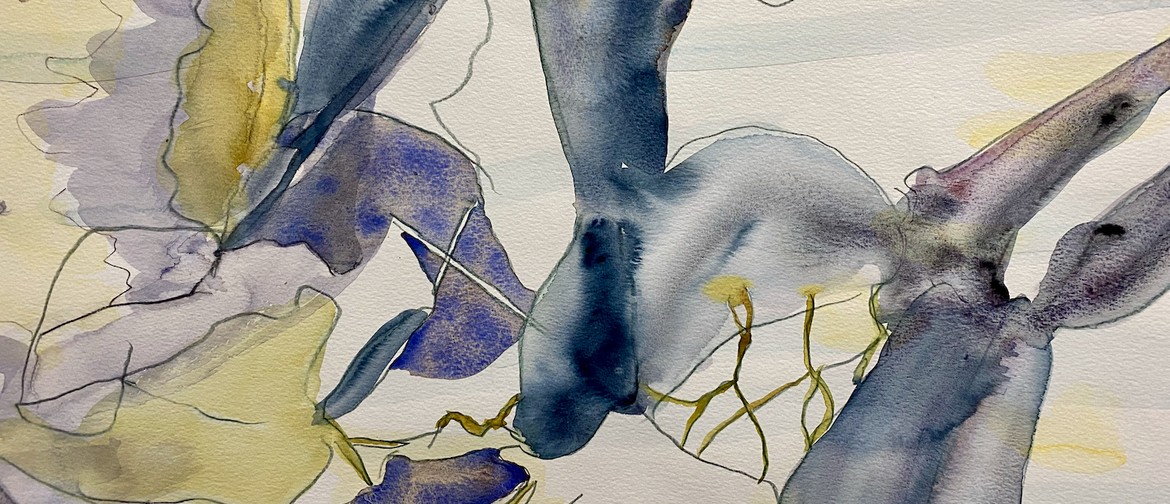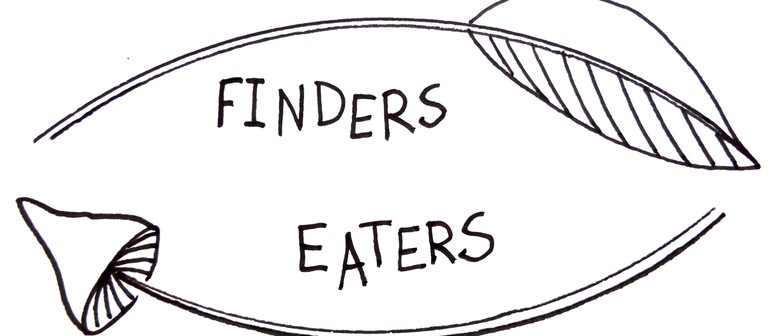As Above, So Below
8 Railway St, Newmarket, Auckland
Restrictions
Website
Listed by
The unseen networks - mycelial, alluvial, dendrological, familial that connect through histories, landscapes, timelines. Like the complex root systems of our native and non-native trees, the work in this shared space aims to push beneath the dermis; to be in symbiotic relationship above and below the surface, in conversation with the forces around us.
Louise Keen: Louise considers fiber as a medium of art and the rich cultural associations of simple actions and the do-it-yourself art-making. Sewing as a visual language has been used by people to communicate something about themselves, their history, beliefs and protests. Louise enjoys experimenting with low-tech, low-cost media with the use of traditional craft techniques to repurpose ubiquitous objects in order to push the boundaries of contemporary art.
Sonja Drake: Sonja’s work explores areas where land meets water, the patterns and rhythms of life where water's path flows. Above and below the surface of the land, in the waterways, the aquifers, and the sea, and in the bird, insect, and animal life, there exists a woundedness. Visiting and exploring sites relevant to her settler heritage her practice ties into processes of colonisation, settling and un-settling. At the Te Maketu Historic Reserve at Ramarama, a Catholic settlers' cemetery and earlier church site lie alongside the Te Maketu Pa site, stream and waterfall. This site with its complicated history is the focus of her work in As Above, so Below.
Cecilia Márquez: Cecilia’s work is influenced by the mythologies, memories and narratives of the world around her and the politics of the way these stories are remembered–the fables, beliefs and values that become part of the lived environment. Cecilia considers craft as a learned skill and speaks to its place within the domestic environment focusing on the matrilineal narratives of personal histories and experiences. The art of cardistry and the playing of card games involves elements of both skill and chance. The idea that what happens in a game can be a metaphor for what befalls individuals (as fate is dealt) and is a narrative that also plays out in the home environment.
Abbie Read: Inspired by materials, cultures and processes which are borrowed, shared or assimilated, Abbie’s art practice engages with the entangled histories embedded within the New Zealand landscape. Working with burnt wood and charcoal forged from both native and non-native trees, she explores the pairing of objects, their relationship to site and the stories held within.
Wendy Lawson: Wendy’s materially-led investigations with everyday objects and natural phenomena, from her domestic built environment, aim to record her body’s experiences of livability. Household substrates and textiles such as cornstarch and disused towels are co-opted in processes of unmaking, rusting and casting; working with the innate qualities of materials down to their constituent parts. Open-ended interplay in studio, brings homely media into face-to-face contact, imprinting upon one another, where the traces are documented through transfer and materiality informs the outcome.
Nyle Turuwhenua: Nyle’s practice spans the fields of printmaking, photography, painting and weaving. Her work is strongly influenced by her connection to her Māori heritage. Developing skills as a weaver has been an important catalyst in her personal and artistic development, exploring ideas about identity and cultural heritage. Nyle uses a combination of traditional techniques and contemporary materials in her weaving. Her printmaking encapsulates ideas surrounding kaitiakitanga, guardianship and connection. In Nyle’s work, birds and weaving play a key role in the act of kaitiakitanga. Nyle values the tactile and the handmade, and the act of labour involved in printmaking and weaving.
Log in / Sign up
Continuing confirms your acceptance of our terms of service.




Post a comment